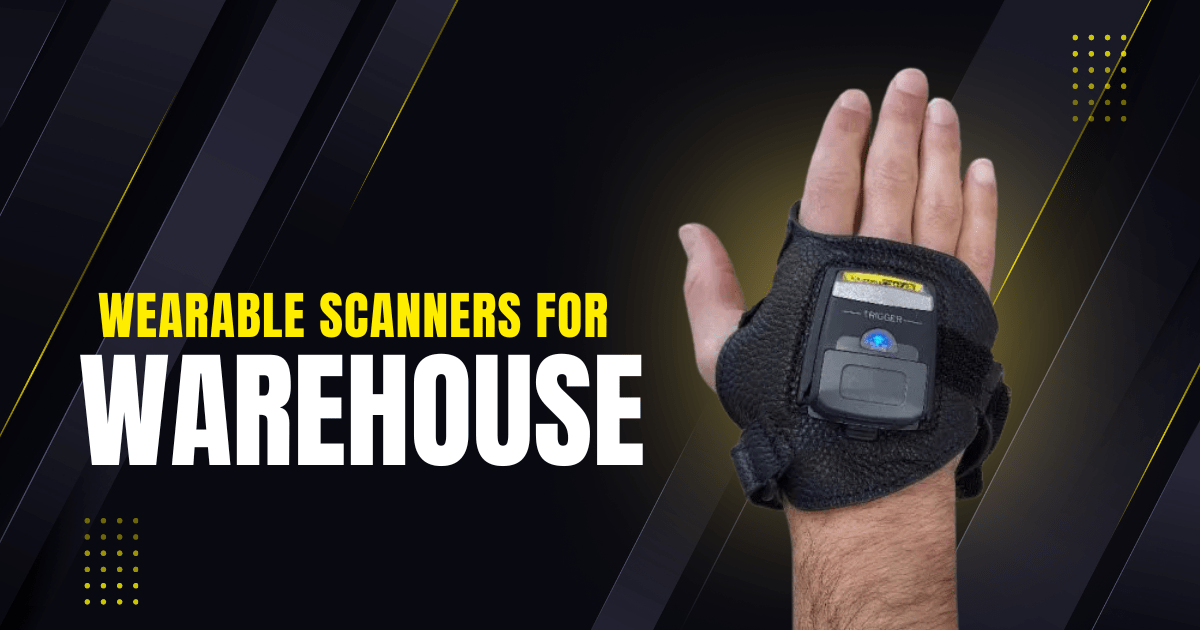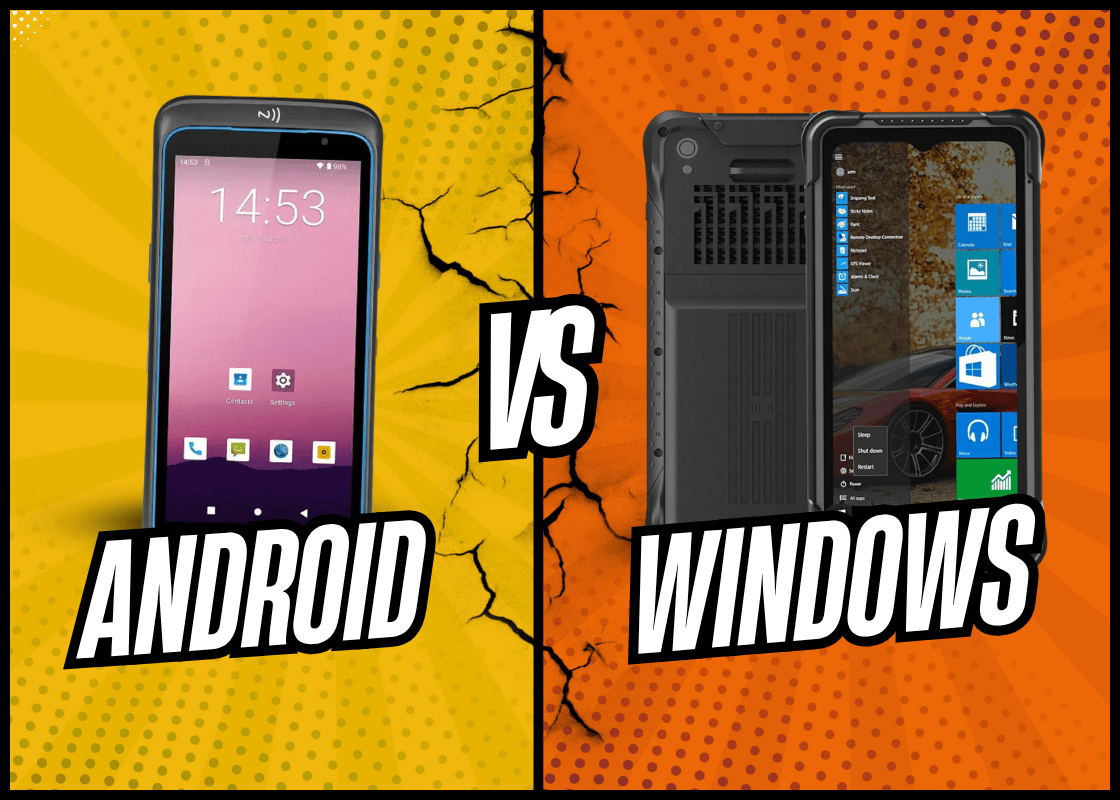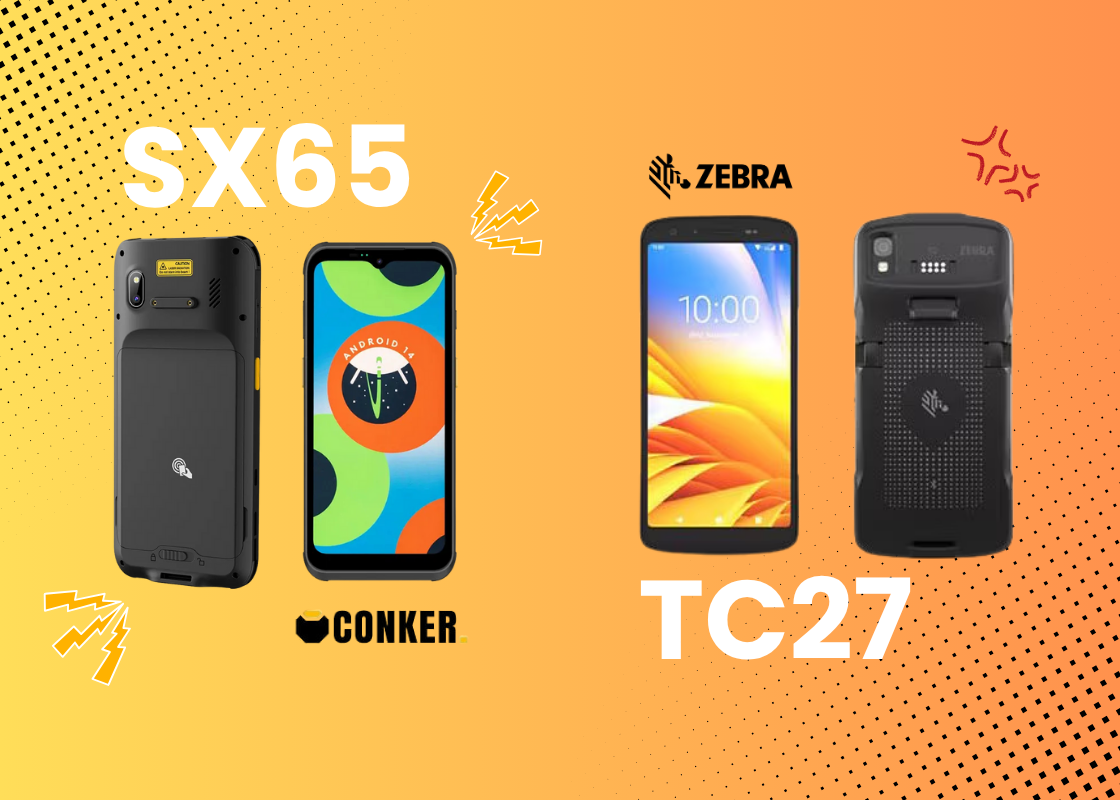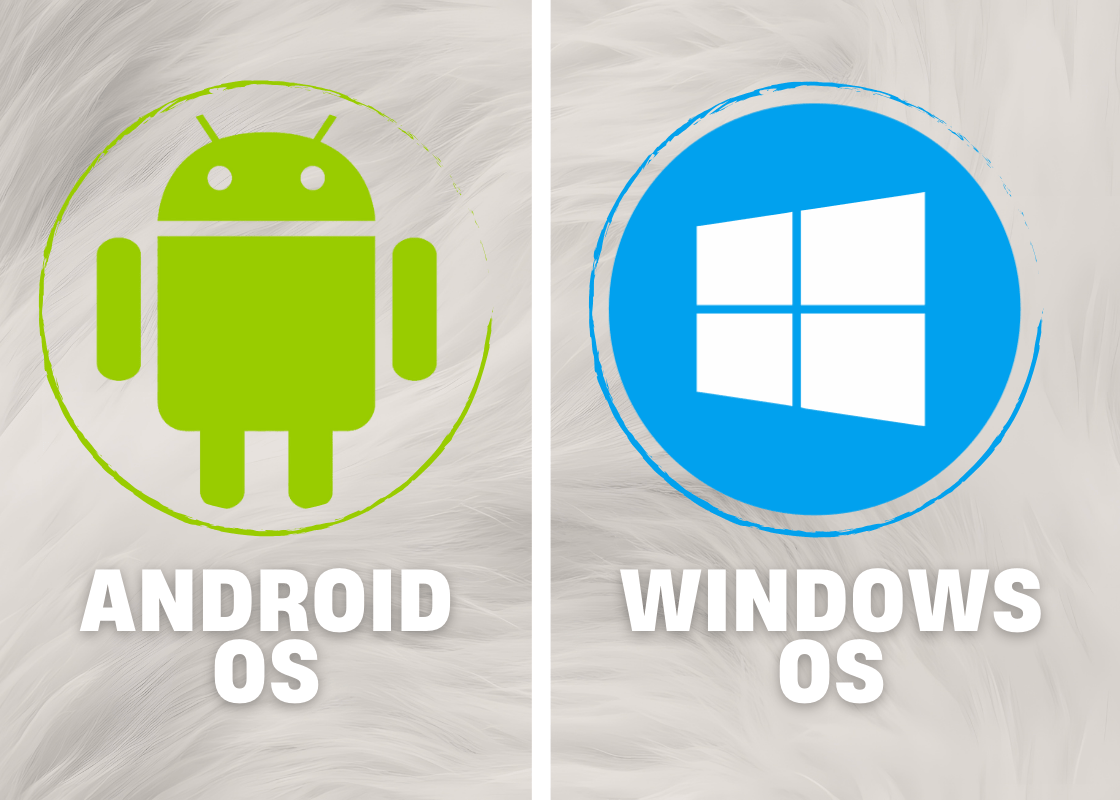The modern warehouse is a hub of speed, accuracy, and nonstop movement. Workers pick, pack, and ship thousands of items daily, and every second matters. Traditional handheld scanners have long been the go-to tool for tracking products, but as operations scale and demands intensify, businesses are exploring smarter, more efficient solutions. Among these, wearable scanners are making headlines. However, the big question remains: Are wearable scanners truly beneficial for warehouses? Let’s dive deep into their role, benefits, and what experts say.
The Rise of Wearable Scanners in Logistics
Warehouses have always been testing grounds for innovation. From barcode systems to automated robots, every new technology promises to reduce errors and speed up workflows. Wearable scanners are part of this transformation. Unlike bulky handheld devices, these scanners attach to the wrist, finger, or back of the hand. They are lightweight, portable, and designed to free up both hands for actual work.
Research in industrial engineering consistently shows that reducing motion waste, like picking up and putting down a handheld scanner, directly boosts productivity. Workers can scan items instantly, move faster, and complete more tasks without losing focus. This combination of efficiency and ergonomics is why so many warehouses are now adopting them.
Why Wearable Scanners Outperform Traditional Devices
In busy warehouses, speed without accuracy is useless. That’s where wearable scanners shine. Because they stay with the worker, they cut down on wasted time searching for or juggling tools. Every scan happens in real-time, keeping inventory systems updated instantly.
Experts also highlight how these devices reduce physical strain. Handheld scanners may not seem heavy, but over long shifts, constant lifting and holding add up. Wearable scanners eliminate repetitive motion fatigue, supporting worker well-being. A healthier workforce means fewer injuries, lower absenteeism, and higher morale.
For companies focusing on long-term gains, this balance of productivity and safety makes wearable scanners a smart investment.
Boosting Efficiency and Worker Satisfaction
Efficiency is often measured in seconds, and wearable scanners can save several seconds per scan. Multiply that across thousands of scans daily, and the time savings become significant. Workers also report feeling less stressed when they can move naturally without worrying about dropping equipment.
This sense of freedom contributes to higher job satisfaction. Warehouses are fast-paced environments where frustration can build quickly, and tools that make work easier can change the overall mood of the floor. Happier employees are more engaged, more accurate, and more likely to stay with the company long term.
Choosing the Right Wearable Scanner
Not all wearable scanners are created equal. The ideal device for a warehouse should be lightweight, durable, and have a long battery life to keep up with extended shifts. It should also withstand dust, drops, and the tough environments that warehouses often present.
One standout example is the Conker BG3. Weighing just 125 grams, it includes a Zebra 2D scan engine, a 2-inch display, and a battery that lasts a full shift. With its IP65 rating, it’s resistant to dust and water, making it reliable even in demanding conditions. Devices like this prove how wearable scanners are engineered to meet the realities of warehouse work.
Accuracy That Powers Smarter Warehousing
Inventory errors cost businesses billions every year. A mistyped number or missed scan can ripple into misplaced stock, incorrect orders, and frustrated customers. Wearable scanners reduce these risks by enabling quick, precise scanning at every step of the process.
Since they integrate directly with existing warehouse management systems, data flows without interruption. Supervisors gain real-time visibility into stock levels, order fulfillment, and workflow bottlenecks. That visibility empowers better decision-making and ensures customers get exactly what they ordered, when they expect it.
The Role of Wearable Barcode Scanners in Future Warehousing
The future of logistics is about speed and intelligence. With rising consumer expectations and shorter delivery windows, warehouses must adapt quickly. Wearable Barcode Scanners are becoming essential tools in this shift.
They pair perfectly with other emerging technologies such as automated guided vehicles (AGVs), robotics, and AI-driven warehouse management systems. By streamlining human input, wearable scanners act as a bridge between manual labor and digital intelligence. This hybrid approach ensures warehouses remain flexible and resilient, even as customer demands evolve.
Overcoming Concerns and Challenges
Some managers hesitate to adopt wearable scanners due to upfront costs. While investment is necessary, studies in operational efficiency show that the return on investment can be achieved within months. The savings in time, reduction in errors, and improvements in worker satisfaction outweigh initial spending.
There’s also the question of training. Workers need to adapt to new devices, but wearable scanners are designed for simplicity. Most employees learn to use them within minutes, reducing downtime during transitions. Once integrated, they quickly become second nature.
Expert Insights on Wearable Technology in Warehouses
Industrial engineers and logistics specialists emphasize the importance of adopting ergonomic tools. Wearable scanners are consistently cited in journals and case studies as a proven method for reducing wasted effort. Leading supply chain reports also highlight their role in meeting the demand for faster, more accurate order fulfillment.
This alignment between academic research, industry expertise, and real-world application builds strong confidence that wearable scanners are not just a trend but a reliable solution for modern warehouses.
Frequently Asked Questions (FAQs)
Are wearable scanners comfortable for long shifts?
Yes. Most wearable scanners are lightweight and ergonomically designed. They reduce hand strain and fatigue, making them more comfortable than traditional handheld devices over extended use.
Do wearable scanners work with existing warehouse management systems?
Absolutely. Most models integrate seamlessly with common WMS platforms, ensuring real-time updates and smooth data flow without requiring a complete overhaul of existing systems.
How do wearable scanners improve safety in warehouses?
By freeing up workers’ hands, wearable scanners reduce the risk of accidents such as dropping devices or struggling with heavy loads while scanning. This contributes to a safer work environment.
Are wearable scanners durable enough for harsh environments?
Yes. Many are built with industrial-grade protection, offering resistance against dust, water, and drops. Models with IP ratings like IP65 are specifically designed for tough warehouse conditions.
What’s the ROI of wearable scanners in warehouses?
The return on investment varies, but many companies see measurable improvements within months. Time savings, reduced errors, and increased worker productivity contribute to a rapid return on investment.
Conclusion
So, are wearable scanners good for warehouses? The evidence is clear: they enhance productivity, reduce errors, support worker well-being, and integrate seamlessly into existing systems. For warehouses striving to stay competitive in a fast-paced world, wearable scanners are more than good; they’re transformative.
Adopting them is not just about keeping up with technology. It’s about creating a work environment where efficiency, accuracy, and employee satisfaction thrive together. Warehouses that adopt this shift position themselves for long-term success in the ever-evolving logistics landscape.


















